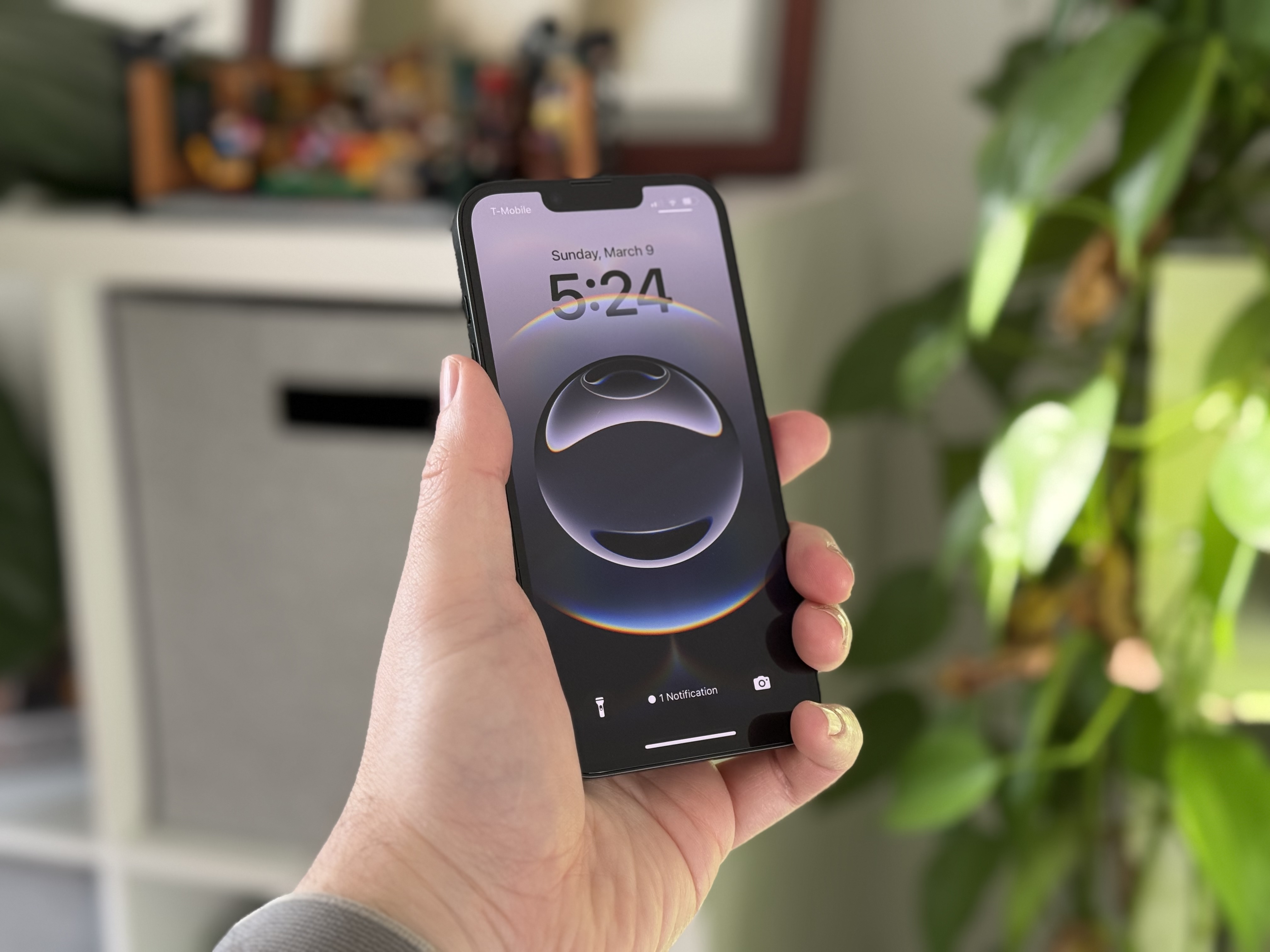Laptop Mag Verdict
T-Mobile's first mobile broadband modem is easy to use, but its 3G footprint pales in comparison to the other big carriers.
Pros
- +
Quick and easy installation
- +
Integrated broadband meter
- +
Decent download throughput with full signal
Cons
- -
Limited 3G network coverage
- -
Chunky size
- -
Poor upload speeds
- -
Expensive
Why you can trust Laptop Mag
The webConnect USB laptop stick, T-Mobile's first 3G broadband adapter, performs well where the carrier offers coverage. And T-Mobile sweetens the deal somewhat by providing easy access to over 10,000 Wi-Fi networks in spots like Starbucks and Barnes & Noble. However, T-Mobile's 3G footprint isn't nearly as widespread as its competitors, making this $59.99 device (with a two-year contract) and its $59 monthly data fee a tough sell for now.
Design and Setup
While the webConnect itself is a bit large (3.4 x 1.1 x 0.5 inches) compared with others we've tested, it doesn't have an annoying fast-blinking signal-status light; instead, a small quick flash every now and then lets you know it's connected. You can also add a microSD Card to the device to make it double as a storage solution.
When we first plugged in the webConnect, it automatically installed the T-Mobile Connection manager (built by Smith Micro). That means no CD installation on other computers. After the software installer finished, we were greeted by the home screen, which alerted us to all available Wi-Fi networks in additon to T-Mobile's 3G network. The software even has a T-Mobile HotSpot locator built in; it lets you search by city, state, country, or zip/area codes.
The webConnect lets you access T-Mobile hotspots for free, but T-Mobile is still working to make the switch between its 3G network and a Wi-Fi access point seamless. For now, you'll have to disconnect and then reconnect to the available hotspot. You also have to enter in your T-Mobile username and password.
The connection manager includes two nice extras: you can send SMS messages directly from your computer and access T-Mobile's bandwidth usage meter, so you can see how much data you've already used throughout the month. Other carriers such as AT&T offer similar solutions online, but T-Mobile's meter is conveniently built directly into the Connection Manager.
Limited 3G Coverage (for Now)
T-Mobile's HSDPA network is available in 130 cities covering 100 million people, and the carrier plans to reach 200 million people by the end of the year. By comparison, The New York Times reported that AT&T covers 258 million people (AT&T currently has 3G coverage in nearly 350 major metropolitan areas, an AT&T representative confirmed); Sprint and Verizon Wireless said they reach at least 270 and 280 million people, respectively. So it's no surprise that T-Mobile is targeting what it calls "locally mobile" customers, who don't move far outside their coverage area.
Performance
With T-Mobile service fluctuating around 3 to 4 bars (out of 5) from our Manhattan office, we were able to load ESPN.com in 23 seconds, NYTimes.com in 21 seconds, and CNN.com in 19 seconds. However, we were able to read most of the text on all of these sites after 11 or 12 seconds, and the additional time was spent downloading media on the page.
We uploaded a 6MB image to Flickr in 3 minutes and 15 seconds, which translated into an upload speed of 242 Kbps. Downloading a 7.2MB installation file from Firefox.com took 1 minute and 50 seconds, a rate of 536 Kbps; that's not bad for having 3 to 4 bars of service, but it's on the slower side. Using Speedtest.net to confirm our results, we saw download throughput in the area of 594 Kbps and upload speeds at a somewhat faster 323 Kbps. The AT&T USBConnect Mercury, by comparison, had an upload rate of 1.1 Mbps and a download rate of 620 Kbps.
In New York's Long Beach, Long Island, with 3 bars of service, CNN.com loaded in 32 seconds, ESPN.com in 18 seconds, and NYTimes.com in 33 seconds, a bit too slow. While ESPN.com's load time wasn't bad, those speeds averaged slower than every other card we tested in this location. Our average download throughput was just 368 Kbps. The webConnect notched an upload speed of 235 Kbps, which, again, is slower than other solutions on the market. In recent tests, the AT&T USBConnect Mercury offered a faster upload speed (1.5 Mbps) in this environment, and the Sprint Compass 597 offered a faster download speed (960 Kbps).
The one area where the webConnect really shone was in Penn Station--an area where many cards choke, but the T-Mobile webConnect had a full signal and was able to provide fast download throughput (747 Kbps) but slow upload speeds (245 Kbps). Here we were also able to load CNN.com in a fast 12 seconds, ESPN's homepage in 19 seconds, and NYTimes.com in 31 seconds. Still, the Verizon Wireless USB727 Modem averaged 1.6 Mbps down and 557 Kbps up in the same environment.
Verdict
Overall, the $59.99 T-Mobile webConnect offers decent download speeds and access to all of T-Mobile's HotSpot locations for an affordable monthly fee. But T-Mobile's 3G footprint is nowhere near as broad as the other major U.S. carriers, so it's not the best solution for commuters who need to get coverage in the suburbs, or business travelers who frequent cities that aren't covered by T-Mobile's network. For those users, we suggest theVerizon Wireless USB727, which boasts good all-around speeds, excellent coverage, and is free with a two-year contract.
T-Mobile webConnect USB Laptop Stick Specs
| Company Website | http://www.t-mobile.com |
| Data Connection | HSDPA, GSM/GPRS, EDGE |
| Ports | USB 2.0 |
| Size | 3.4 x 1.1 x 0.5 inches |
| Supported Protocols | 802.11a/b/g/n |
| Weight | 1.1 ounces |
